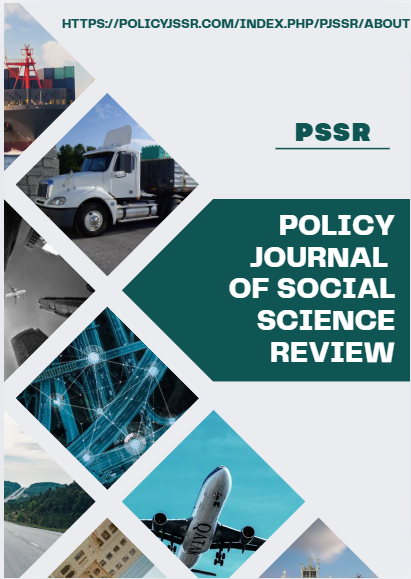A REGULATORY VIEW OF FINANCIAL STABILITY: THE ANTI-MONEY LAUNDERING EFFECT
Abstract
Regulatory bodies are the first line of defence against systemic risk in a financial world that is connected to the rest of the world. This study looks at how the enforcement of anti-money laundering rules, backed by the quality of institutions, affects credit risk in developed countries. Anti-money laundering standards are meant to stop illegal money from flowing, but little is known about how they affect the performance of the financial system in the real world. The fixed and random effects regression models were used on panel data from 37 developed countries from 2014 to 2023 to look into the link between the quality of regulation, the control of corruption, the adequacy of capital, and the risk in the banking sector, which were measured by non-performing loans. The governance indicators were taken from the World Bank's Indicators database and used important macroeconomic factors as controls. The results show that regulatory quality has a statistically significant and consistent negative relationship with non-performing loans. This means that stronger institutional frameworks encourage safer lending practices. However, controlling corruption and having enough cash does not seem to have much of an effect on credit risk. These results go against what people usually think and show how complicated governance is in advanced financial systems. The study shows that policymakers need to do more than just formally establish policies; they also need to invest in building up the institutions that will make sure they are followed.
Keywords: Anti-Money Laundering, Financial System Stability, Regulatory Quality, Bank Non-performing Loans, Econometric Analysis, Panel Data Analysis





